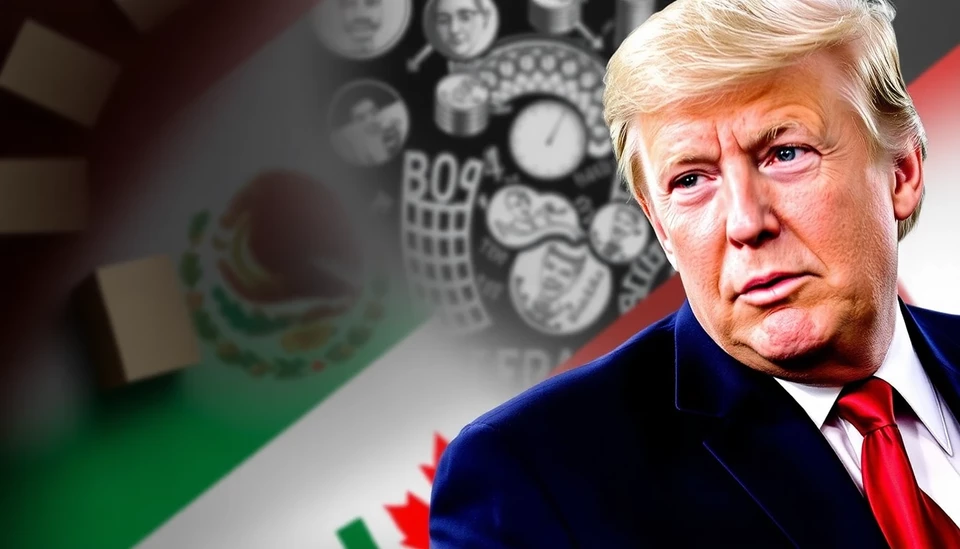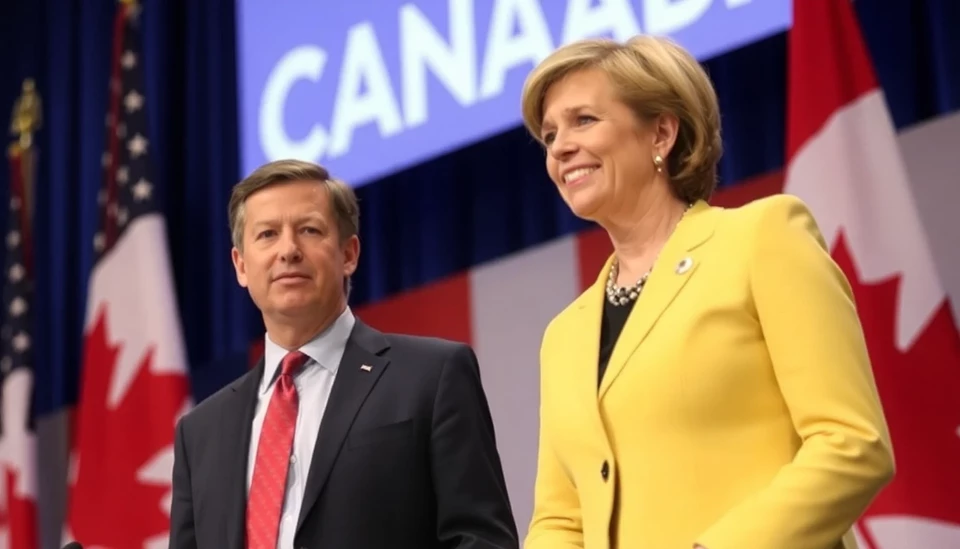
In a significant development in the realm of international trade, both Canada and Mexico find themselves in the crosshairs of renewed tariffs proposed by former President Donald Trump. These tariffs primarily focus on metals, a move reminiscent of the previous administration's approach to trade relations with its North American neighbors.
Trump's metal tariffs, which were originally implemented in 2018, aimed at protecting American manufacturers from foreign competition by imposing a 25% tariff on steel and a 10% tariff on aluminum imported from various countries, including Canada and Mexico. However, as Trump continues to vie for political relevance and prepare for a potential 2024 presidential run, the re-emergence of these tariffs poses new challenges for both countries.
The former president's motives appear rooted in his overarching agenda to prioritize American industry, particularly in the face of perceived unfair trade practices. By targeting Canada and Mexico, Trump is likely attempting to galvanize his base, appealing to nationalist sentiments by highlighting the need for American jobs and industries to be shielded from international competition.
As tensions escalate, Canada and Mexico have expressed concerns. Both countries’ economies heavily depend on trade with the United States; thus, the imposition of tariffs could derail economic recovery efforts post-pandemic and hamper ongoing cooperation in other key areas, such as energy and environmental policies.
Furthermore, industry leaders in both nations have raised alarms over the potential ramifications of these tariffs. Canadian and Mexican manufacturing sectors fear that significant tariffs could lead to retaliatory measures or disruptions in supply chains, ultimately resulting in increased costs for consumers in the U.S. as well.
In response to these developments, Canadian officials are seeking dialogue with the Biden administration, urging for a more collaborative approach to trade matters rather than reverting to the heavy-handed tariffs seen under Trump’s tenure. Mexico is similarly advocating for an open channel of communication to address any trade issues without resorting to punitive tariffs.
The situation remains fluid, with Trump’s plans still in the early stages. Political analysts suggest that these proposed tariffs could become a central talking point in the upcoming election cycle, as candidates vie for the crucial support of manufacturing states and the working-class voters who prioritize domestic job protection and industry revival.
As both Canada and Mexico brace for potential fallout from this resurgence of trade tension, the outcome will hinge significantly on the responses of both the Biden administration and the voters as the 2024 election approaches. The implications of these tariffs could reverberate not only in trade relations but also in the broader economic landscape of North America.
In conclusion, as tensions become palpable again surrounding Trump's metal tariffs, attention shifts to how the Biden administration manages this revived threat and what it means for diplomatic relations with Canada and Mexico, as well as the impact on the global trading landscape.
#Canada #Mexico #Trump #Tariffs #Metals #TradeRelations #USPolitics #2024Election #Economy #InternationalTrade
Author: Laura Mitchell




